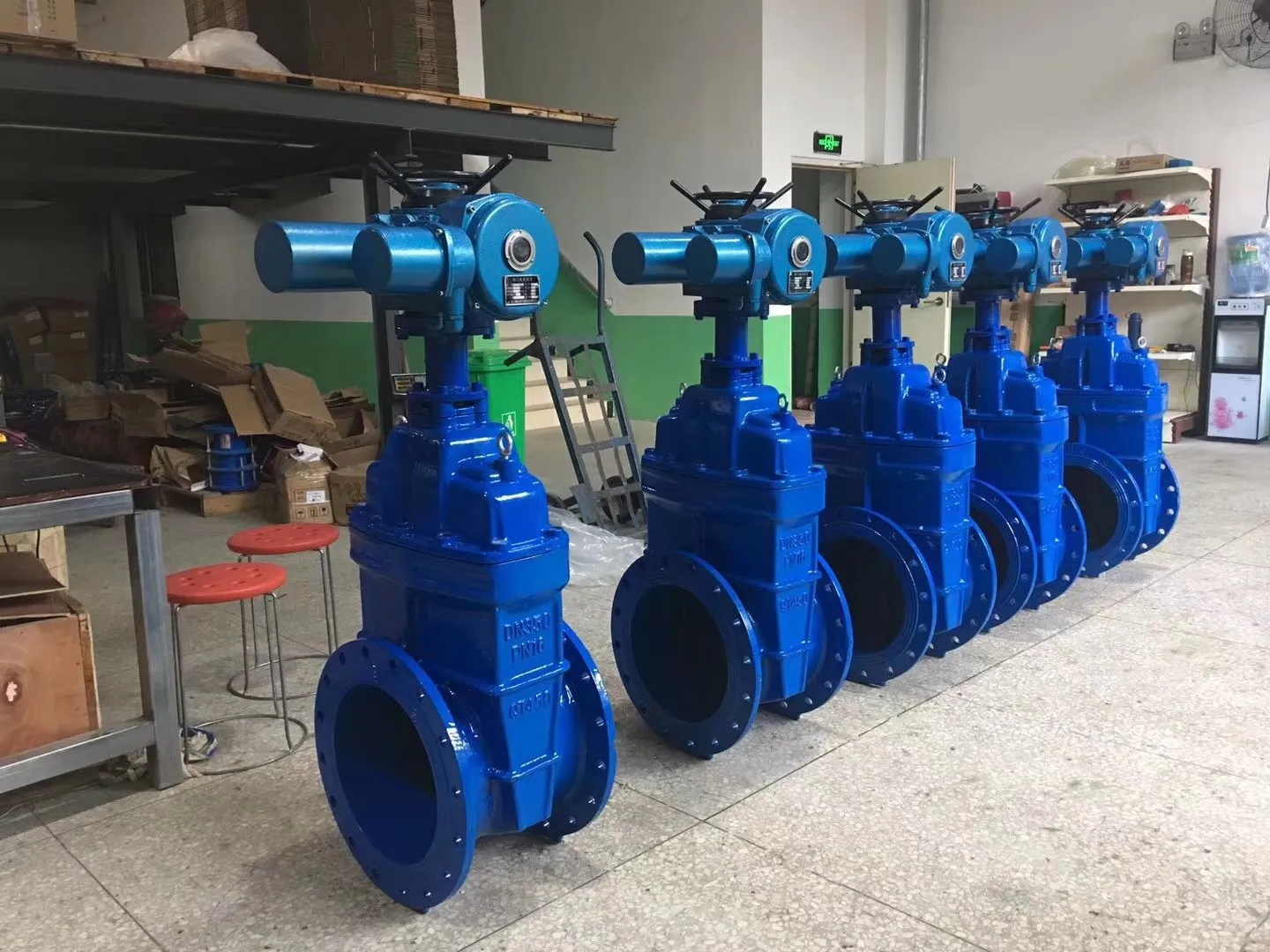Oktoba . 19, 2024 04:27 Back to list
use of thread gauge
The Use of Thread Gauges Understanding Their Importance in Precision Engineering
In the realm of precision engineering, the quality of threaded components significantly influences the performance and reliability of assemblies. Among the various tools employed to ensure the accuracy of these components, thread gauges play a crucial role. This article delves into the importance of using thread gauges, the different types available, and best practices for their application in industry.
Understanding Thread Gauges
Thread gauges are specialized measuring tools designed to assess the dimensions and quality of threaded fasteners, including screws, bolts, and nuts. They are typically used to measure pitch diameter, thread profile, and the overall integrity of the threading. The ability to measure these aspects accurately is vital because even minor discrepancies in thread dimensions can lead to significant issues such as misalignment, loosening over time, or catastrophic failure of mechanical assemblies.
Types of Thread Gauges
There are several types of thread gauges, each serving specific purposes
1. Go and No-Go Gauges These are the most commonly used thread gauges. The Go gauge is designed to check the minimum acceptable dimensions of a thread, while the No-Go gauge checks the maximum allowable dimensions. These gauges ensure that parts are within specifications and can fit together correctly.
2. Thread Calipers These analogue or digital devices allow for precise measurement of thread diameter and pitch. They are versatile tools that can measure both internal and external threads, providing valuable feedback on the condition of threaded components.
3. Thread Plug Gauges These are used for measuring internal threads, typically found in holes where screws or bolts will be inserted. They come in different sizes and specifications to suit various thread types and dimensions.
4. Thread Ring Gauges Conversely, thread ring gauges are utilized for measuring external threads. These gauges ensure that the external threads on bolts or screws meet the specified dimensions for reliable fastening.
5. Thread Profile Gauges These gauges measure the shape and form of threads, ensuring that they conform to the required standard profile. This is essential for ensuring compatibility between different threaded components.
The Importance of Using Thread Gauges
Using thread gauges is imperative for several reasons
use of thread gauge

1. Quality Control Thread gauges help maintain high-quality standards in manufacturing processes. By regularly using these gauges to check threaded components, manufacturers can catch defects early, preventing costly rework or product failures.
2. Safety In industries such as automotive, aerospace, and construction, the integrity of threaded components directly impacts safety. Using thread gauges helps ensure that all fasteners are reliable and capable of withstanding operational stresses.
3. Cost Efficiency Errors in thread dimensions can lead to production delays and increased costs in scrap or repairs. Implementing regular checks with thread gauges minimizes waste and enhances overall production efficiency.
4. Standardization Employing thread gauges established by industry standards ensures that all components can be interoperable across different manufacturers and applications. This is vital in today’s global supply chains.
Best Practices for Using Thread Gauges
To maximize the effectiveness of thread gauges, consider the following best practices
- Regular Calibration Thread gauges must be calibrated regularly to ensure accuracy. Even small deviations can lead to significant errors in threaded assembly.
- Proper Storage Store thread gauges in protective cases to avoid damage. Ensure they are kept in a clean environment to prevent contamination.
- Training and Expertise Personnel using thread gauges should be trained and skilled in identifying proper measurements. Understanding the implications of incorrect measurements is crucial for ensuring quality control.
- Documentation Maintain records of measurements and inspections. Documentation serves as verification of quality control processes and helps trace any defects to their root cause.
Conclusion
Thread gauges are indispensable tools in the field of precision engineering. Their ability to ensure the accuracy and quality of threaded components is vital for the performance and reliability of mechanical assemblies. By understanding the types of thread gauges available, their significance, and implementing best practices, manufacturers can uphold rigorous quality standards, enhance safety, and improve overall operational efficiency. As technology advances and the demand for precision continues to grow, the role of thread gauges will remain critical in the manufacturing landscape.
-
Surface Plate Maintenance Best Practices for LongevityNewsJun.27,2025
-
Historical Evolution of Iron Surface Plates in Industrial MetrologyNewsJun.27,2025
-
Cast Iron Y Strainer Safety StandardsNewsJun.27,2025
-
Blockchain Verification for Gauge Tool Certification IntegrityNewsJun.27,2025
-
Advantages of Triple Offset Butterfly Valve Types in High-Pressure SystemsNewsJun.27,2025
-
Wear Resistance Strategies for Trapezoidal ThreadsNewsJun.26,2025
Related PRODUCTS









